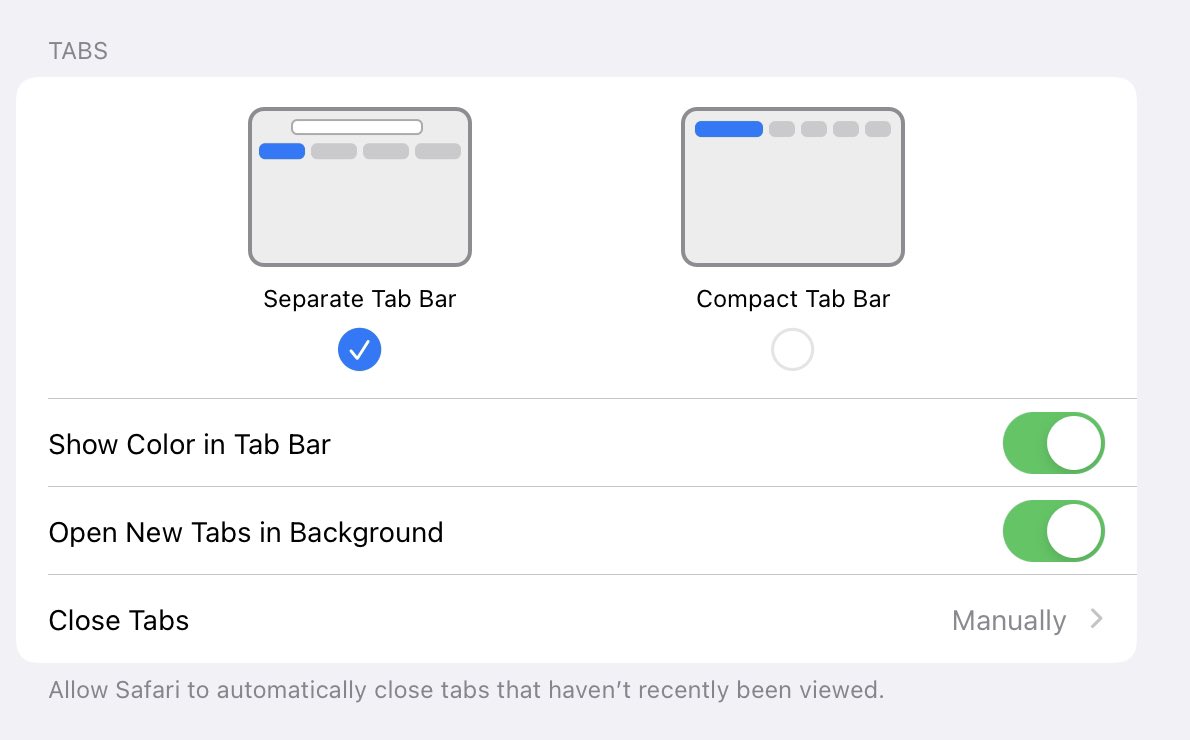
With early success in a product there's often a strong desire (or rush) to "make it a platform". Having an app is great and making it a platform is better.
How Microsoft and Apple worked *together* to create Macintosh is a huge lesson on building a platform. 1/
How Microsoft and Apple worked *together* to create Macintosh is a huge lesson on building a platform. 1/

2/ Apple saw the value of having VisiCalc on Apple ][ and IBM saw that for PCs with 1-2-3.
The common thread is that platforms benefitted from a third party betting their future business on the platform. It was existential for the platform to have companies doing that.
The common thread is that platforms benefitted from a third party betting their future business on the platform. It was existential for the platform to have companies doing that.
3/ Conversely, third parties came to realize that betting their business on a platform can create a stronger relationship--an influencer relationship--with the platform. Bill Gates saw that potential with Macintosh.
4/ As shared in hardcoresoftware.substack.com, a few years (a lifetime) before I got to Microsoft, Bill made a clear bet on the graphical interface *platform* for Microsoft's spreadsheet (after a distant # 2 in character mode). Windows was late. Macintosh was first--the bet was on Mac.
5/ My second manager, mentor, and friend Jeff Harbers was the Microsoft engineering manager on point to work with Steve Jobs. While Excel was the most influential project, Microsoft had a shelf of Mac products in year 1 (these are the red boxes, the first boxes were green). 

6/ InfoWorld told this story about Jeff and his work with Steve in their launch issue on Mac (5 years to the day before my interview to work at Microsoft!) -- The Microsoft/Macintosh Connection. A few others on on twitter worked on this stuff like @jondevaan. 

7/ The key thing about building a platform that Apple realized was how much there was a mutual dependency. Gates said (above) that half of Microsoft's Applications revenue would be Mac. And at launch a significant percentage of Macs would have Word and/or Excel.
8/ This dependency was true *even though* Apple would give away MacWrite (and MacPaint) with Mac just as Microsoft had Write and Paint in Windows.
Many think that these first party tools can substitute for the platform having strong partners. It is never so easy.
Many think that these first party tools can substitute for the platform having strong partners. It is never so easy.
9/ Platforms can build Apps and can often replace third party utilities, but to be a healthy platform requires companies making "half the revenue" kinds of bets on the platform. Too often in adding platform is thought of as filling in holes in a product, not creating a business.
10/ What great platforms learn about building a platform is the importance of creating economic opportunity for "apps". This could be from IP, distribution, or other leverage. Aligning your Apps interest with the platform is the other half of the two way street. // END
PS/ Jeff was a great friend and mentor lost to us all too soon.
PPS/ Anyone figure out what Mac Enhancer is? :-)
PPS/ Anyone figure out what Mac Enhancer is? :-)
• • •
Missing some Tweet in this thread? You can try to
force a refresh












